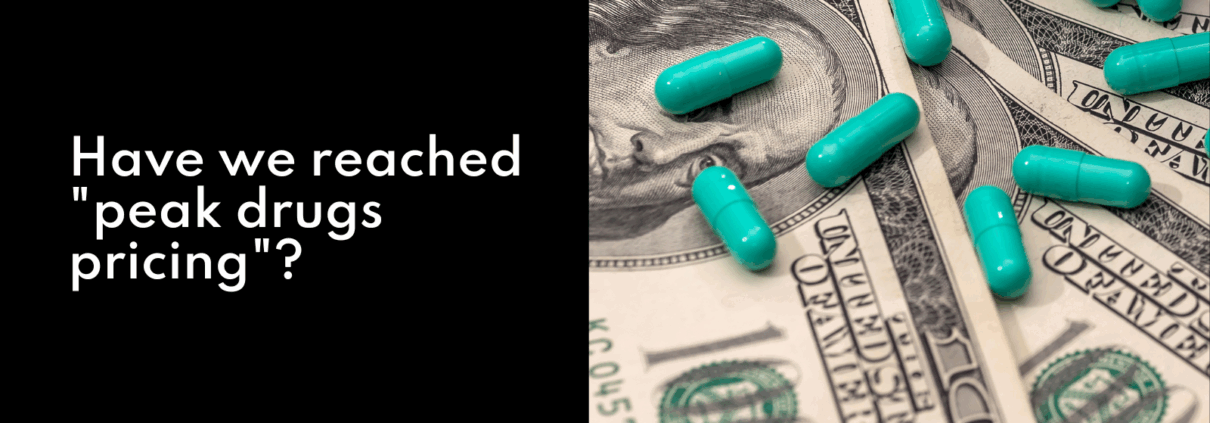Have we reached “peak drugs pricing”?
Challenges to pharma charging premium prices for branded drugs are not new.
Think of President Biden’s attempts to drive down prices with the Inflation Reduction Act. Or the UK’s strategy of capping the price the NHS pays for branded medicines with its VPAG rebate scheme.
But President Trump’s “most favoured nation” policy – which attempts ensure the US pays no more for any individual branded drug than the nation getting the best deal worldwide – is on another level.
That’s because of both the amount it could cut off the headline price paid for each drug, and the sheer size of the US market. While the US makes up just 1 in 25 of the globe’s population, it accounts for roughly half the value of the world’s branded medicine market.
If prices are cut there, it will seriously dent pharma’s profits.
Pharma companies will have seen this coming and will have prepared their legal defences and their broader business arguments. They also hold a couple of strong cards: they are developing swathes of exciting new drugs – which patients in wealthy countries will demand – and will continue to benefit from ageing populations.
Nonetheless, it remains quite possible that we have reached “peak pricing” for branded drugs in the US. And if prices do drop significantly there, it will have major implications.
Pharma companies, seeing their US margins squeezed, will look to fatten them elsewhere by raising prices. However, European and Asian health systems are already under huge financial pressure due to aging populations and the inability of states to keep expanding healthcare spending without cannibalising other major areas of spending such as welfare, education and defence.
European countries could therefore face an invidious choice: either cough up significantly more for branded medicines, or ration what new drugs they provide even more stringently than they do now.
There are also worrying implications for biotech. Lower profits mean less cash to reinvest in pricey drug development. With the cost of bringing a successful drug to market lying somewhere in the range of $1-2 billion, the appetite for risky R&D could be hit.
There is widespread acknowledgement that the US does pay over the odds for its branded meds and that this situation can’t last forever. According to a 2024 study by the RAND Corporation, an American think-tank, US buyers paid four times more for branded drugs in 2022 than that paid on average by 33 OECD comparison countries.
But if Trump cuts prices too much, it could have unintended consequences for the US itself.
In this respect, what is currently happening in the UK could serve as a warning. Here, the ‘VPAG’ scheme to cap the price that the National Health Service (NHS) pays for branded medicines has arguably been too successful.
Under VPAG, firms pay back a ‘rebate’ if the NHS spends over a set amount on branded drugs. This rebate has grown and grown in recent years – to such an extent that pharma is now complaining that the NHS is getting its top-draw branded meds on the cheap.
The situation has led to firms including the UK’s own AstraZeneca increasingly questioning why they should invest heavily in the country, if they are going to get so little out of it in terms of profits.
In June, a report by WPI Economics, commissioned by the trade body the Association of the British Pharmaceutical Industry (ABPI) warned that the UK could lose out on £11 billion in R&D investment by 2033 unless changes are made to VPAG which put more pounds in pharma’s pocket.
Therein lies a warning for the US. High prices help fund innovation and are one reason why so much pharma and biotech R&D takes place there. Cutting off too much fat might drive some of that R&D cash overseas.
To stay in the know – subscribe to Optimum’s weekly newsletter on Linkedin


